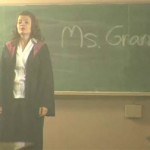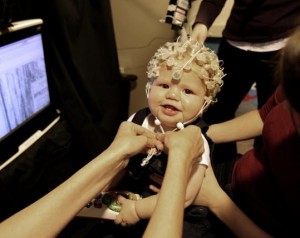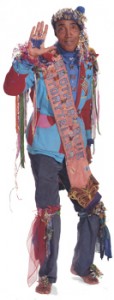
Why on earth is the runaway groom reading The Velveteen Rabbit in Up in the Air? “Very powerful,” George Clooney comments sardonically, paying little attention to the picture book that is evidently proving supremely comforting to the fellow whose impending wedding has just provoked a mortality crisis. As the groom points out, once you get married, you also have kids and then they grow up—and you die.
Why The Velveteen Rabbit? Margery Williams used the subtitle: How Toys Become Real for the book that she published in 1922. And that’s what Up in the Air is all about: becoming real. Ryan Bingham, the slick corporate undertaker who crisscrosses the country collecting frequent flier miles and firing employees, discovers just what it means to become real. A man who is most at ease when packing his suitcase and figuring out how to game long security lines, Clooney is presented as a man of machine-like precision and perfection who is missing a soul. He could have saved himself a lot of trouble by taking a closer look at the book in the hands of the man who will become his brother-in-law.








